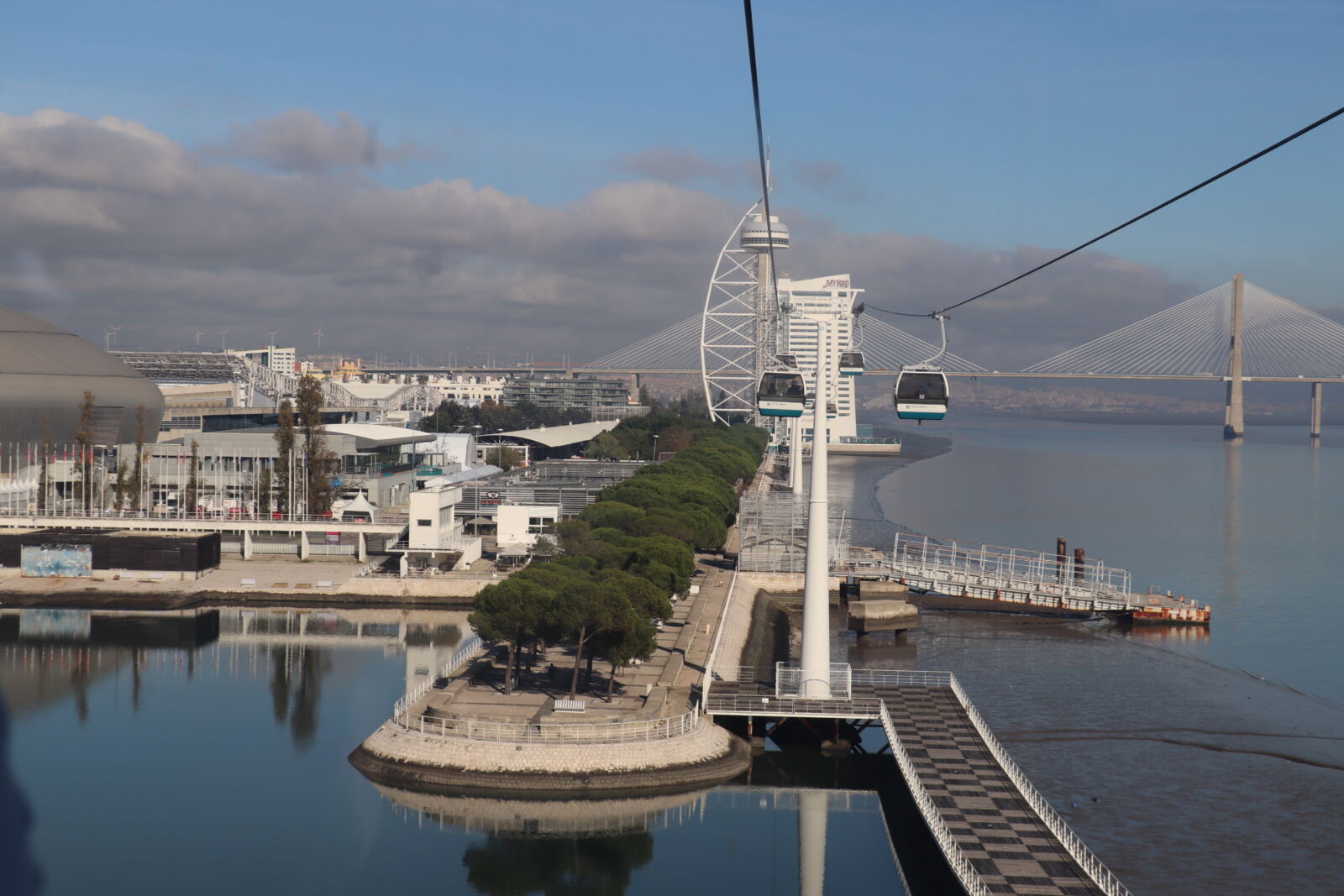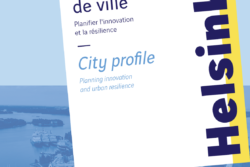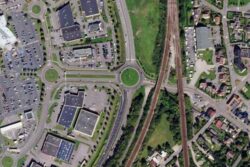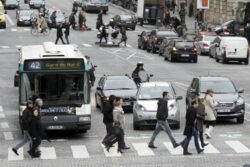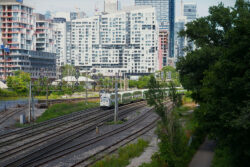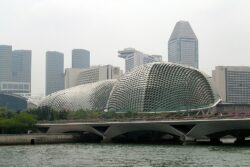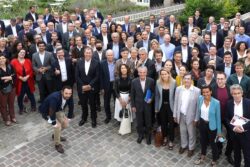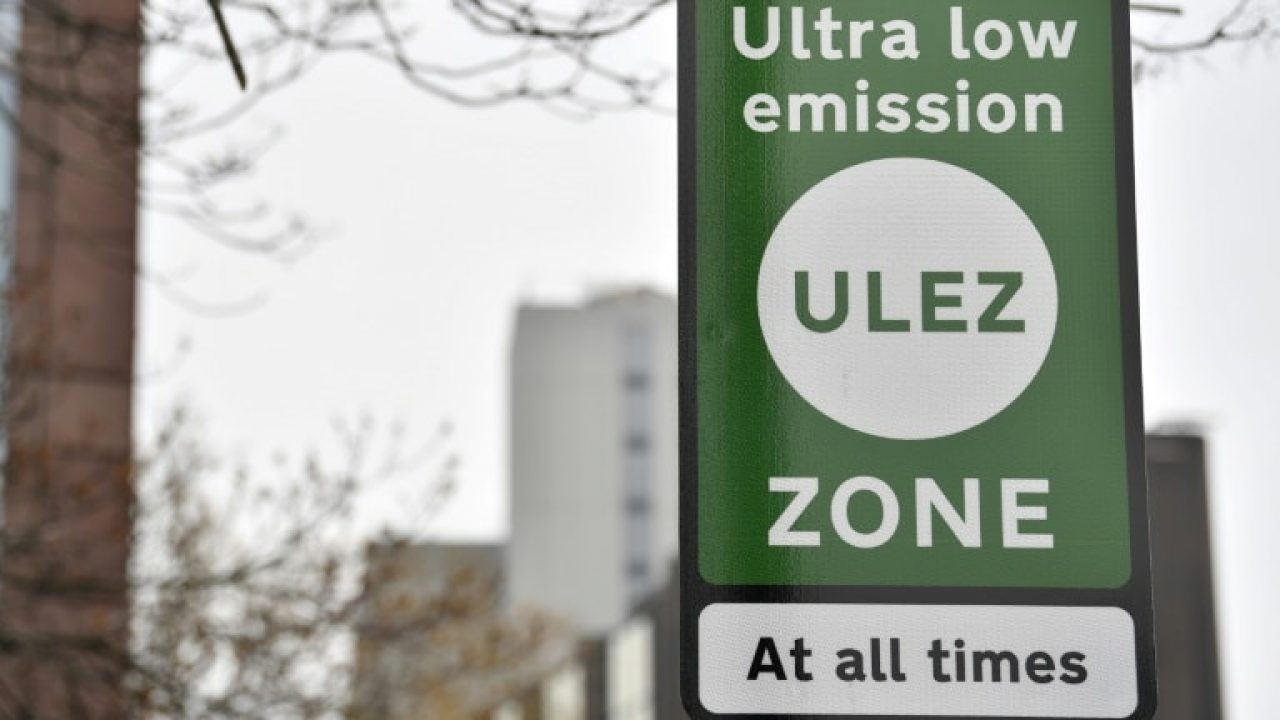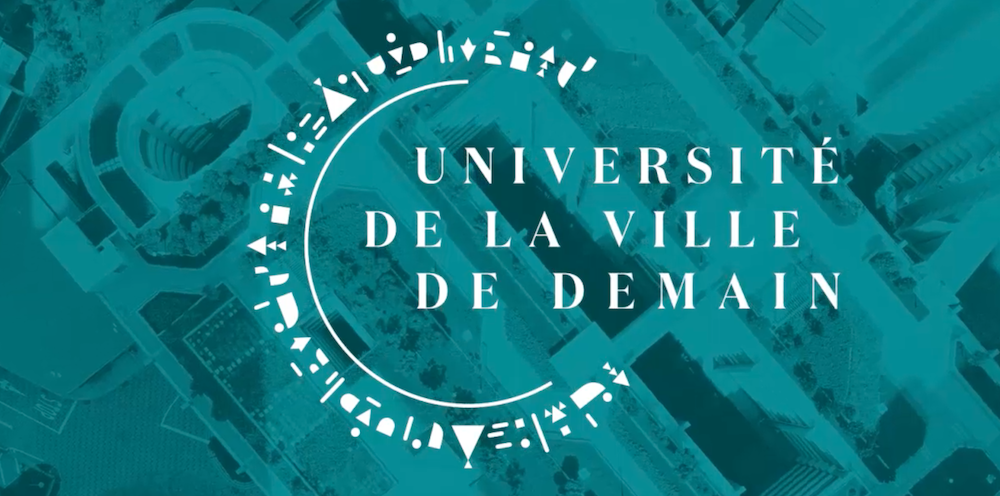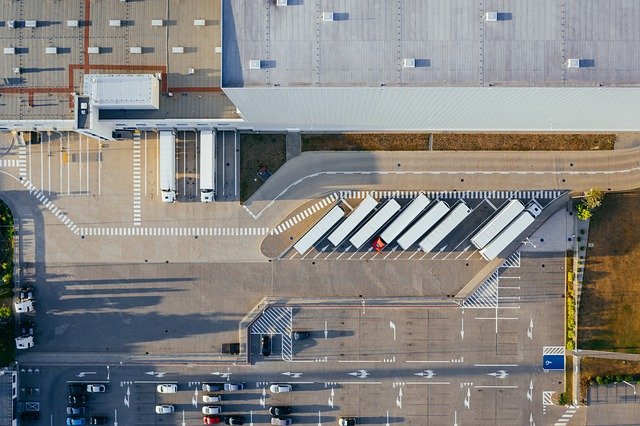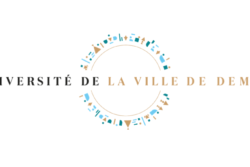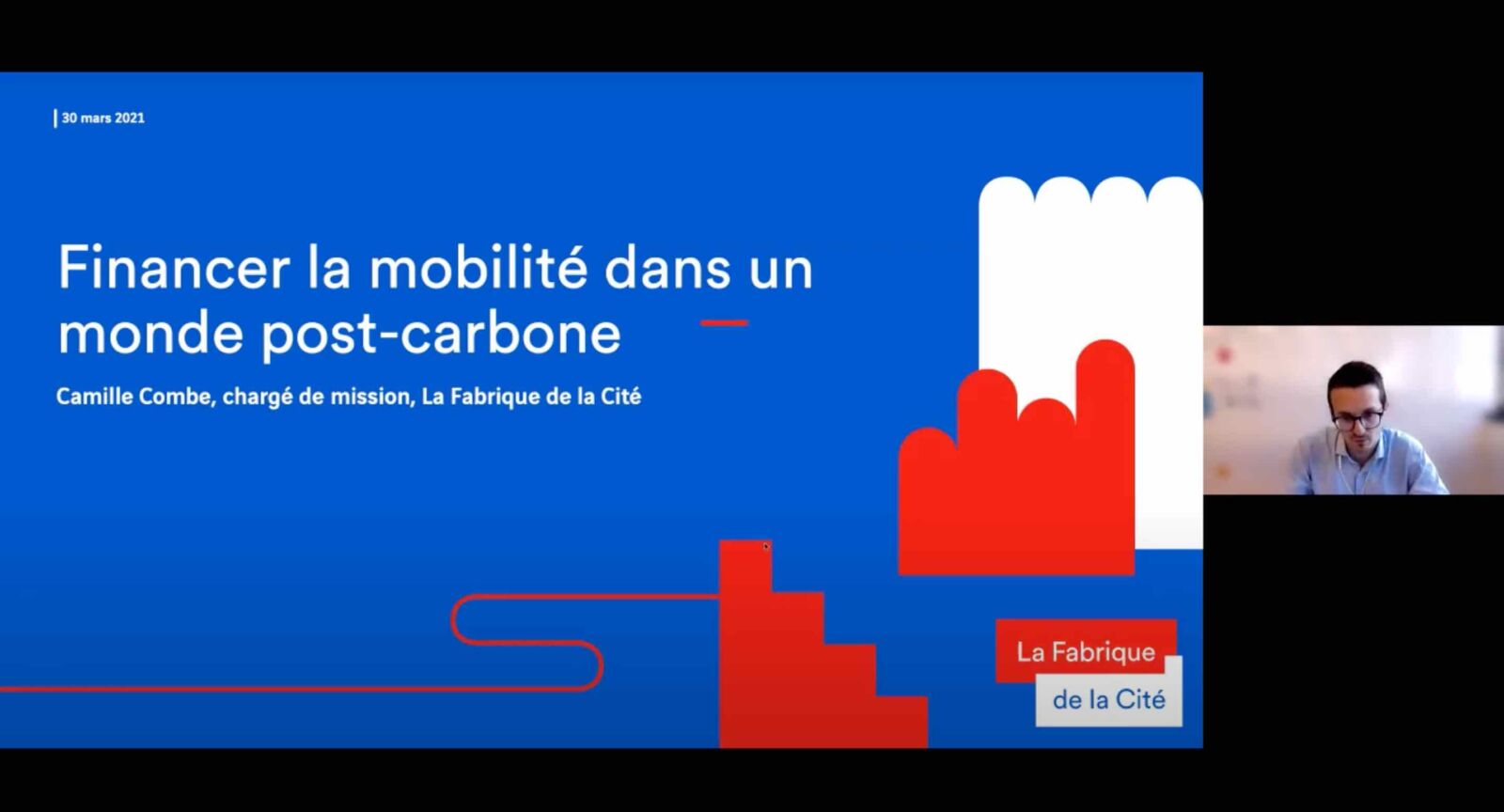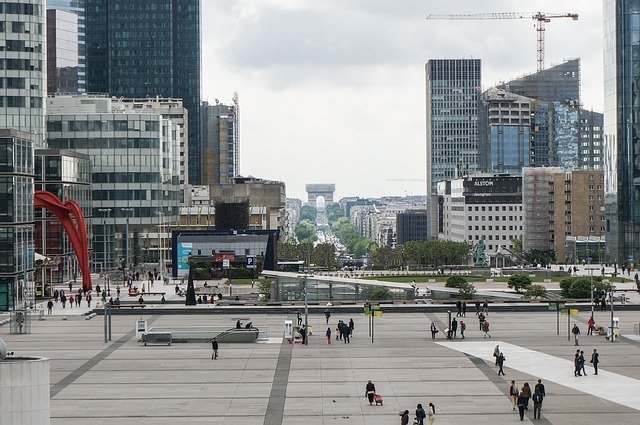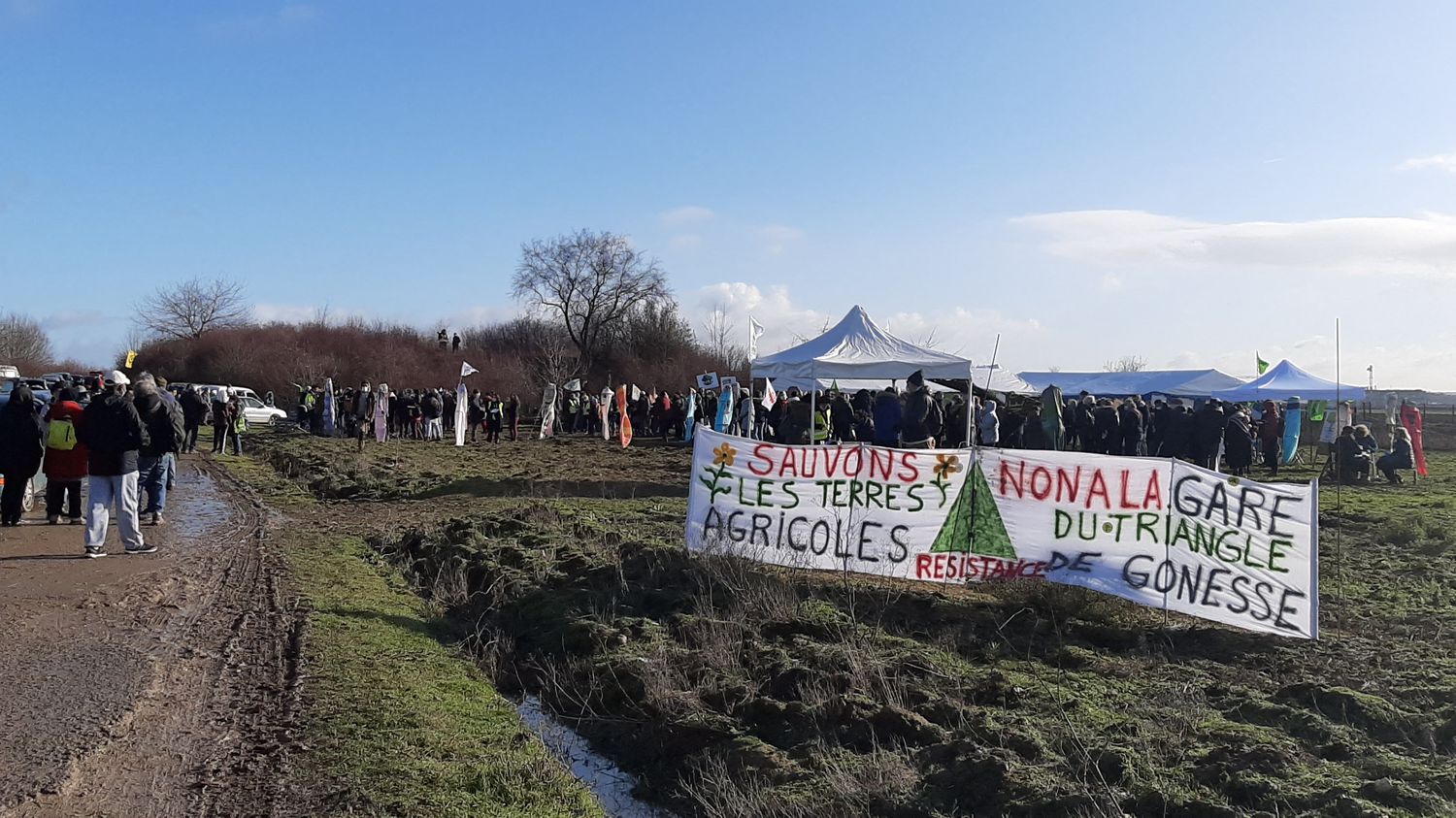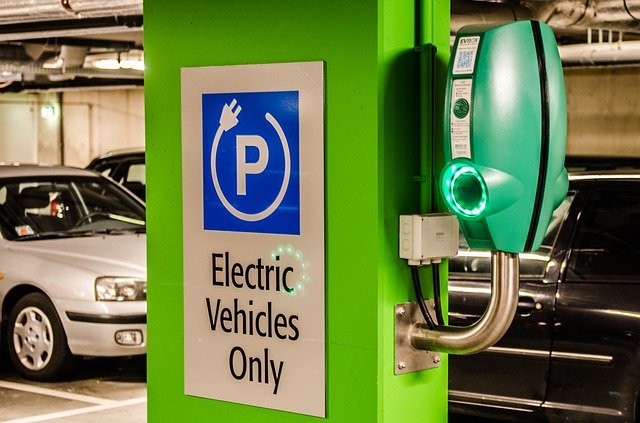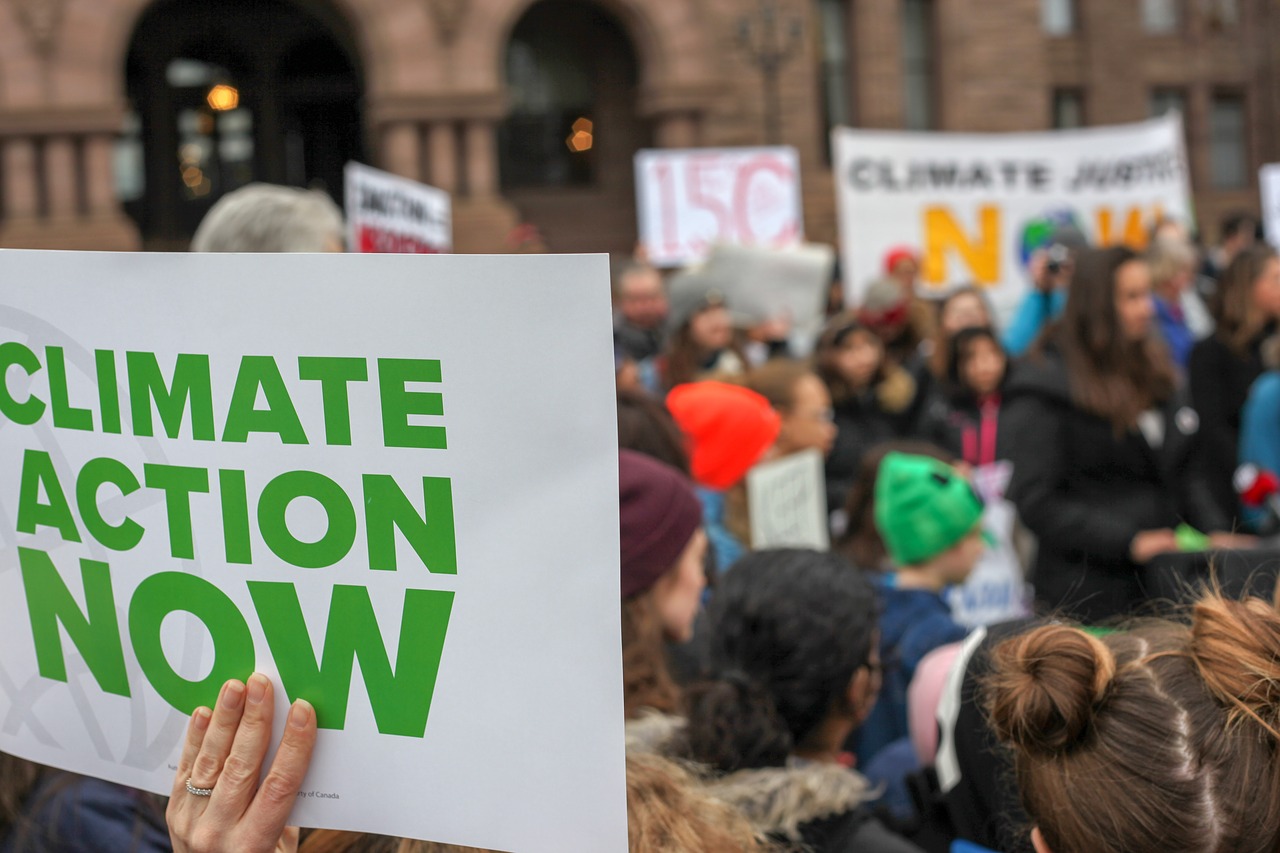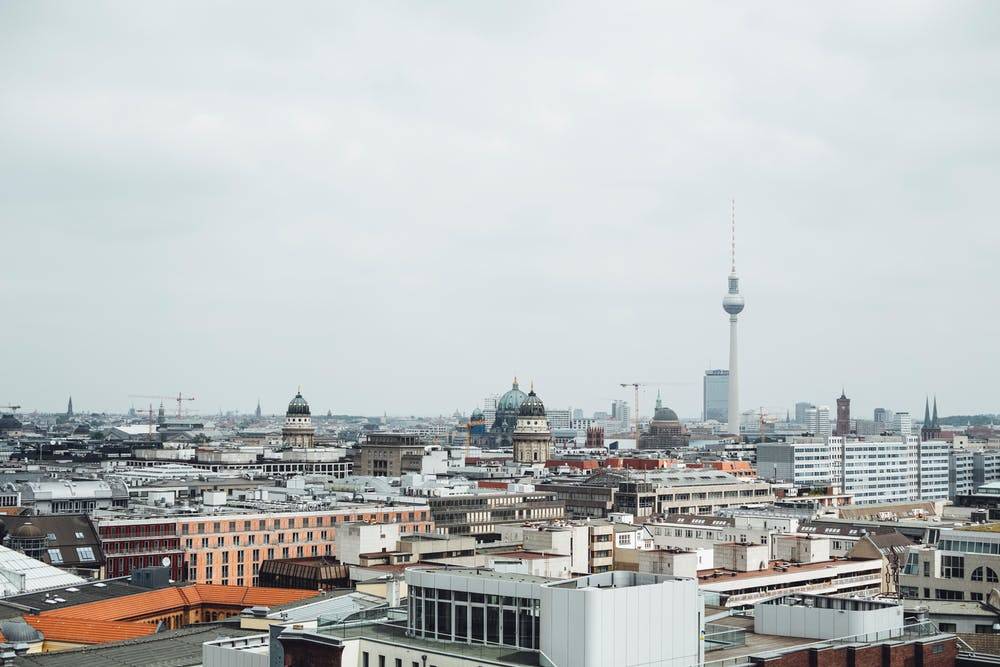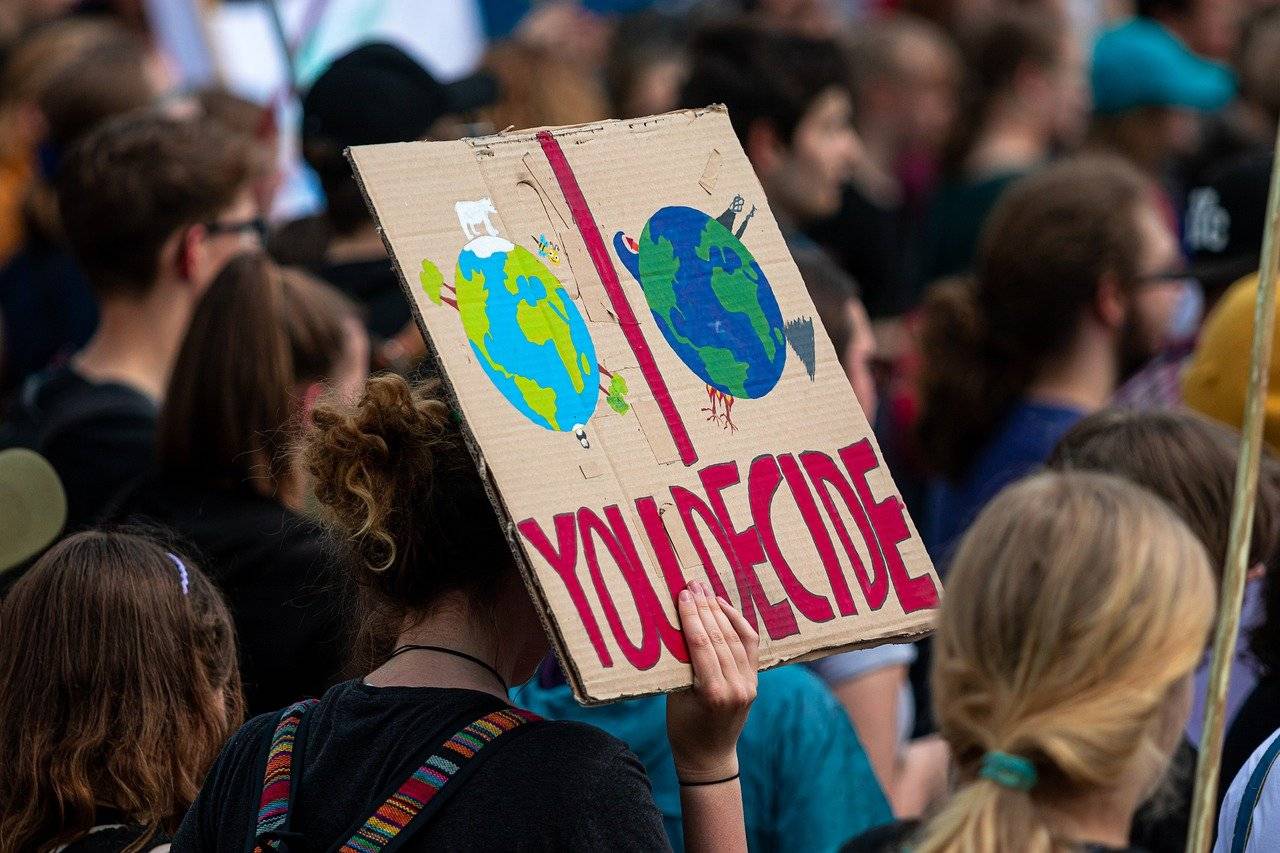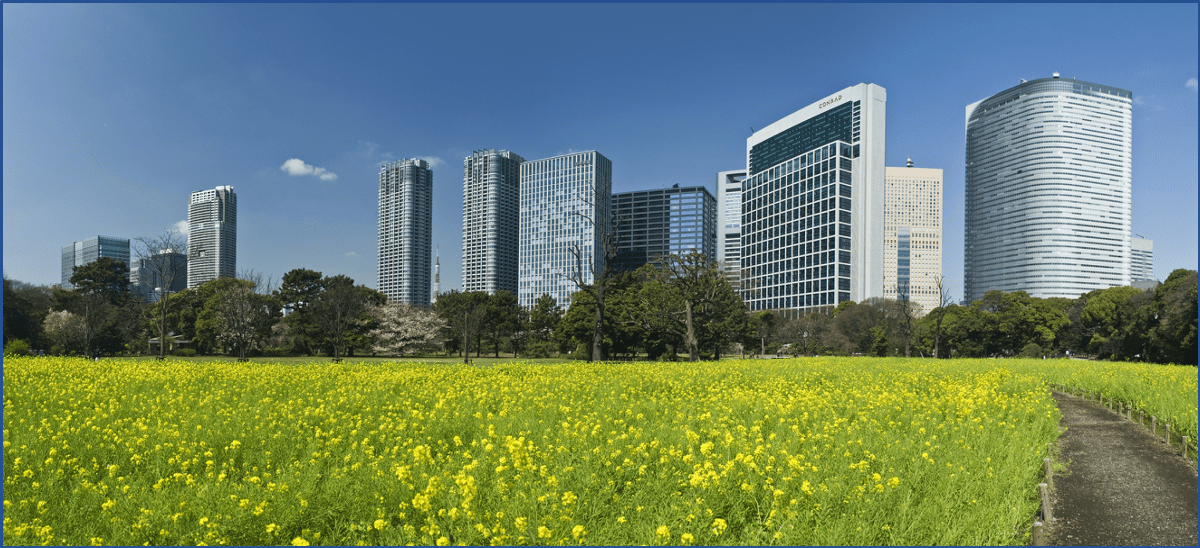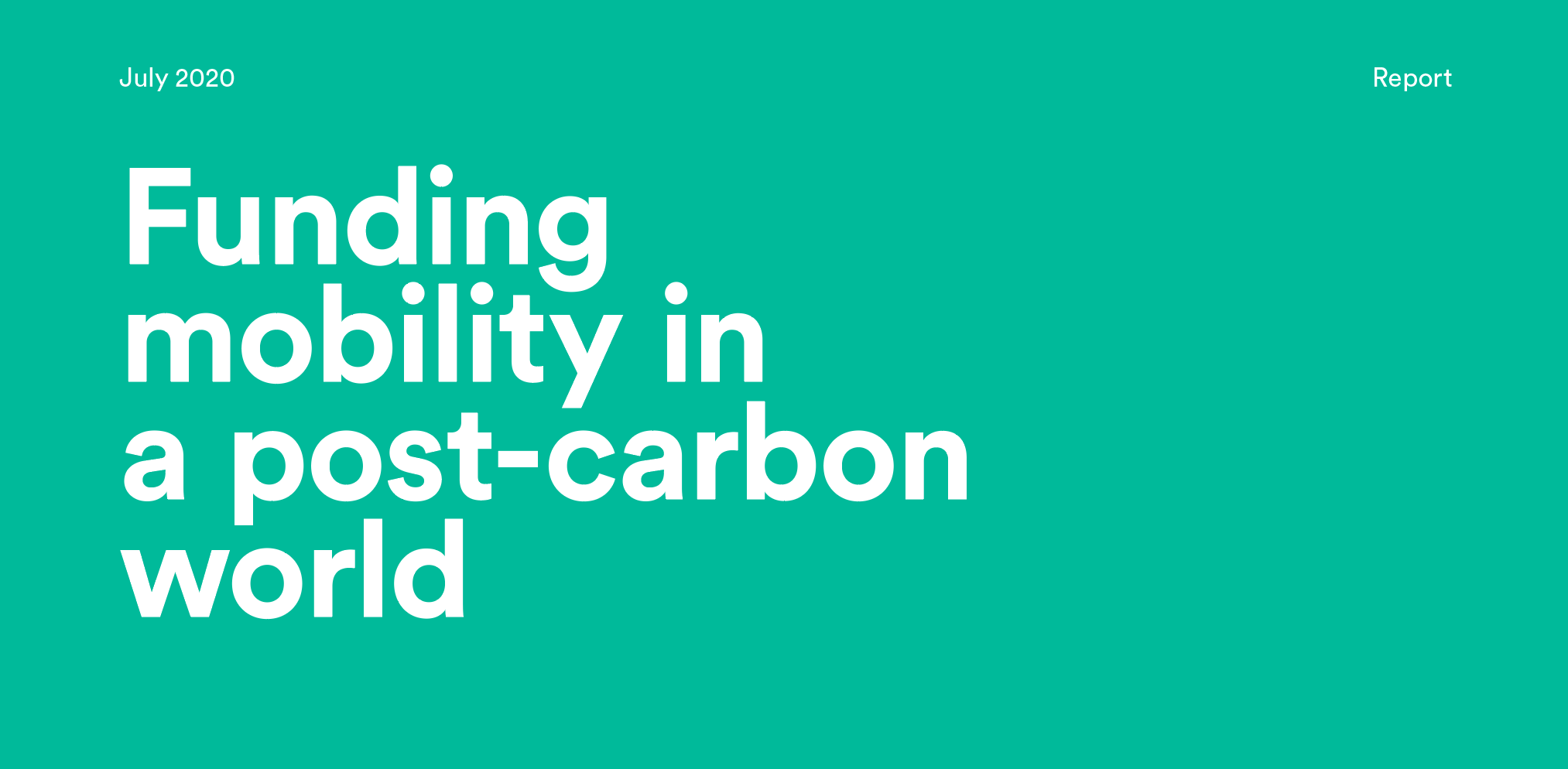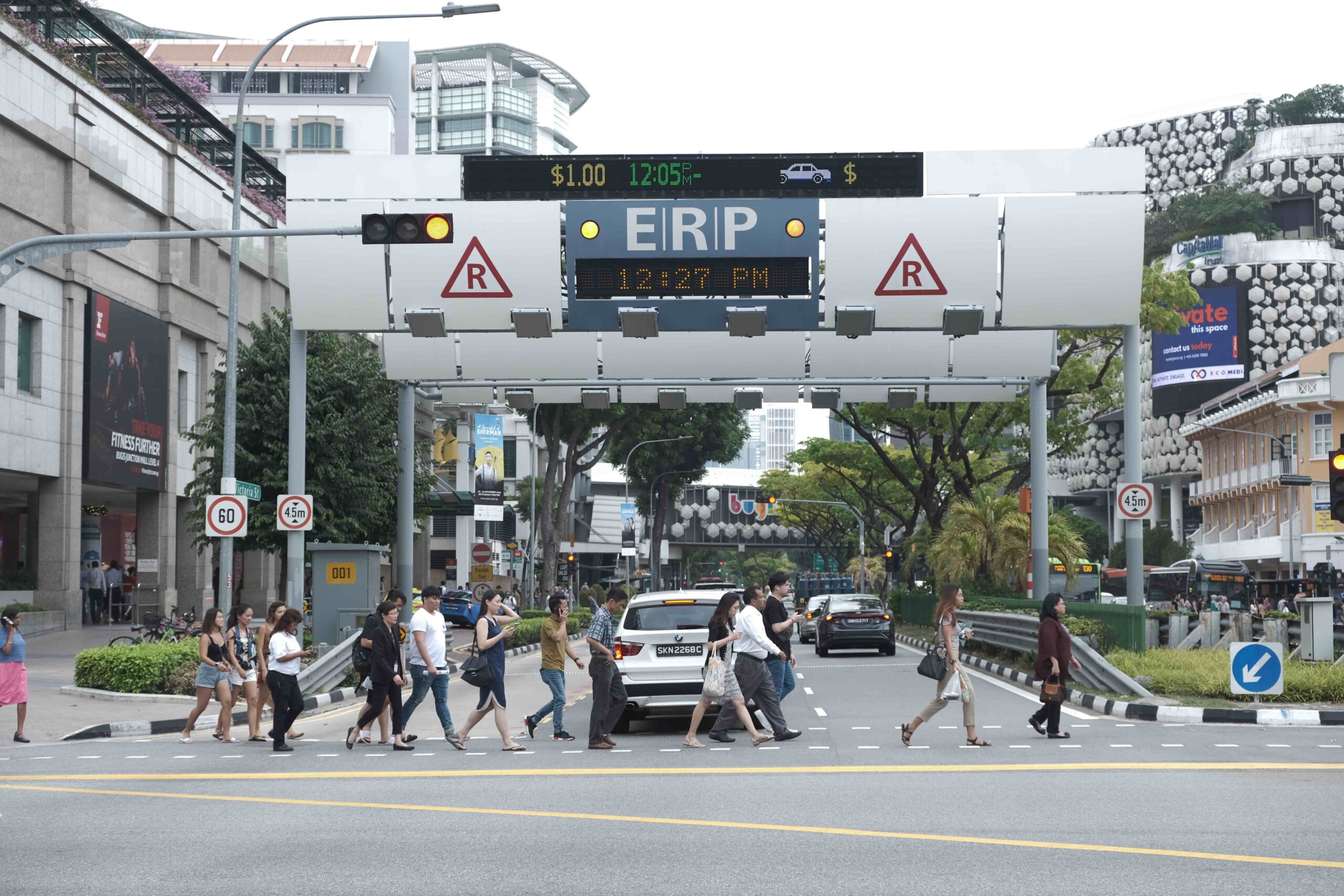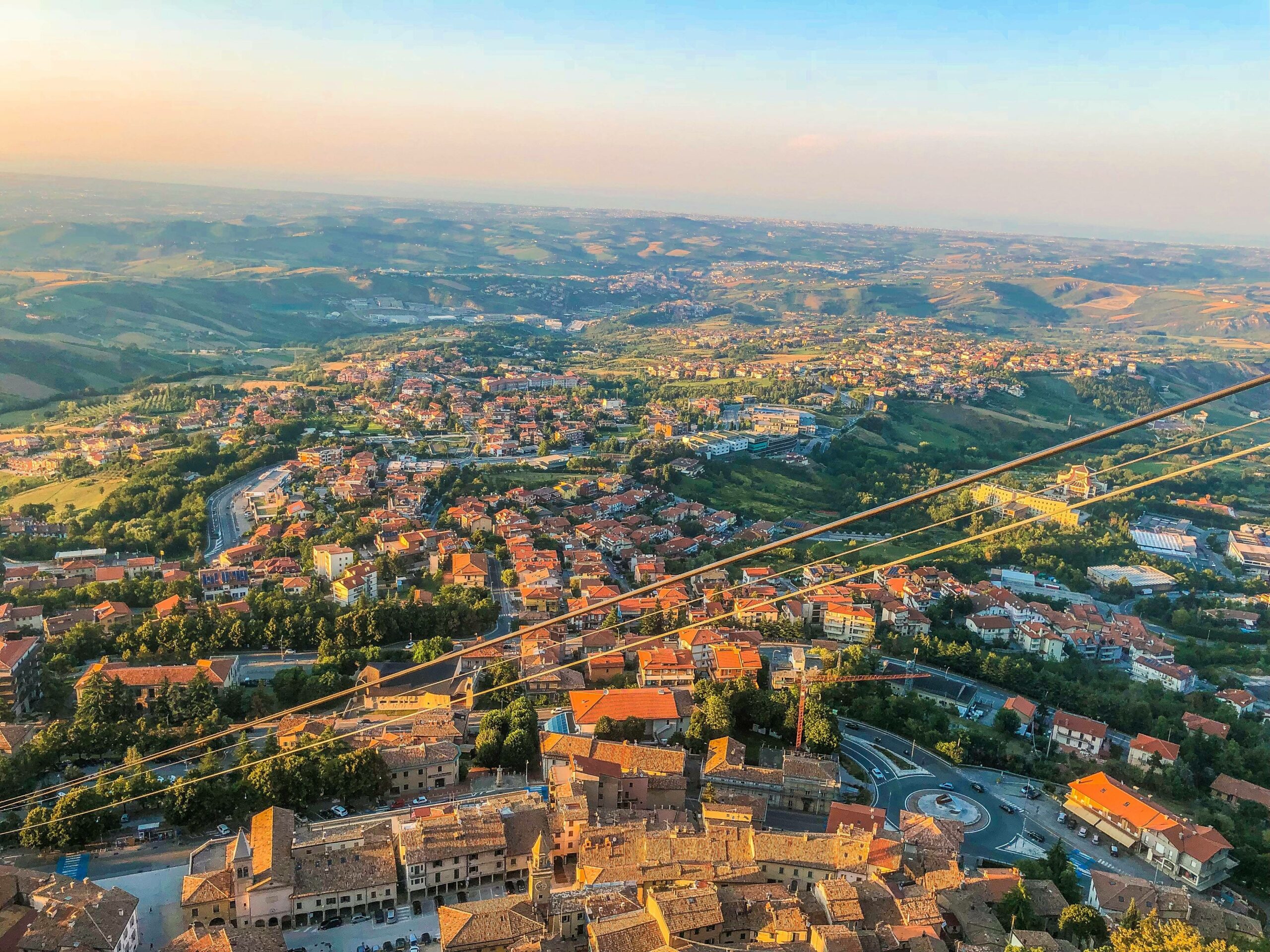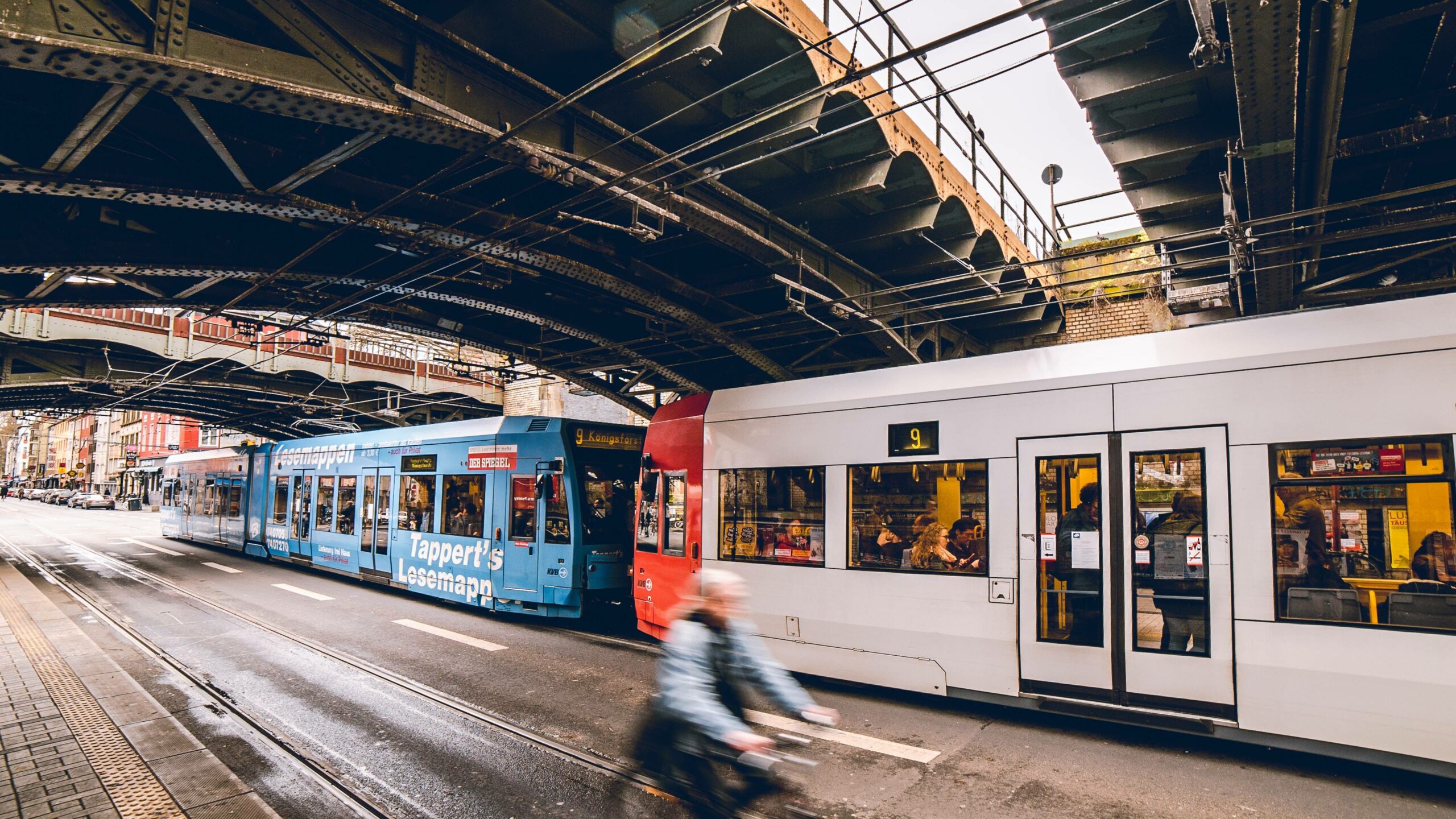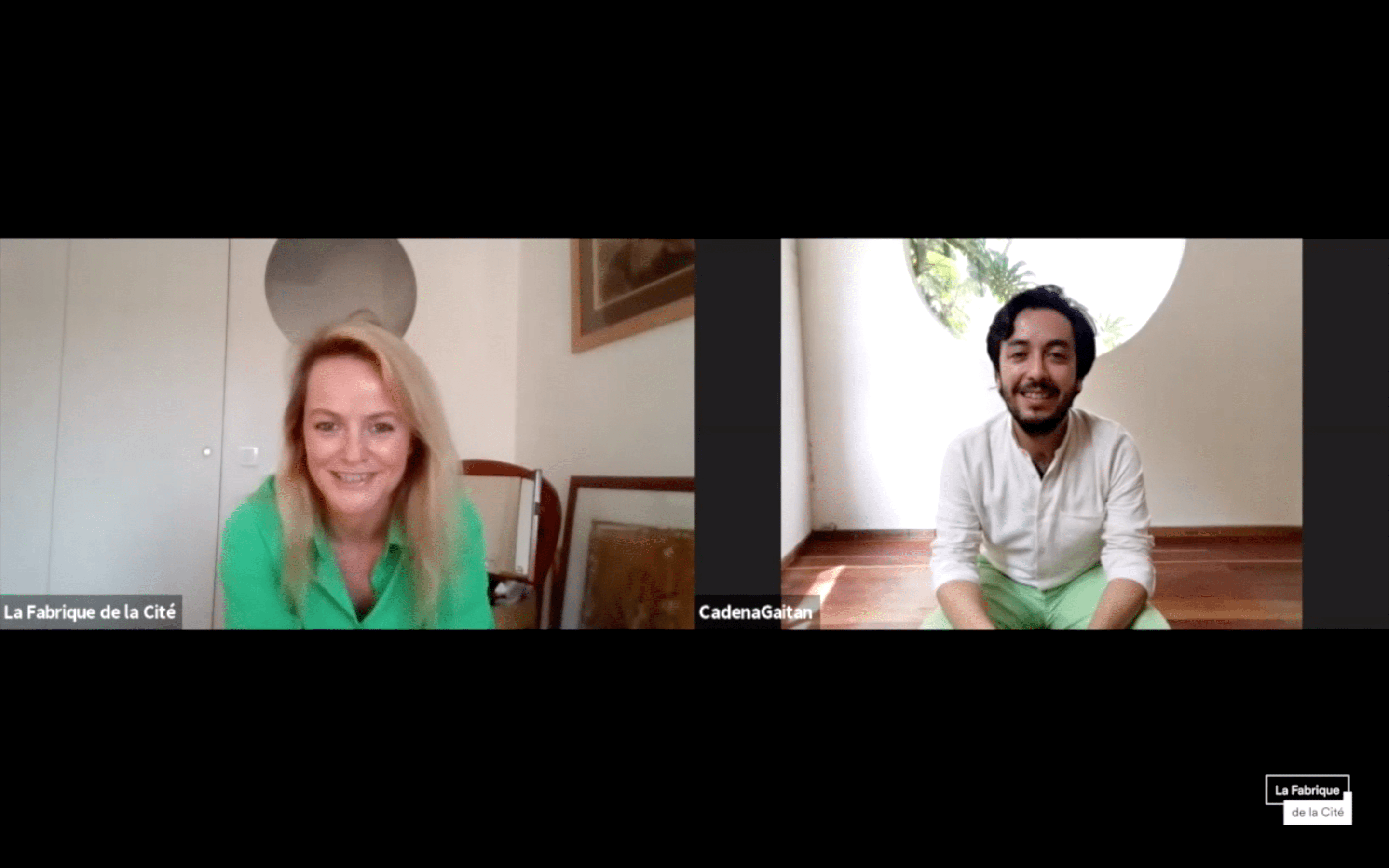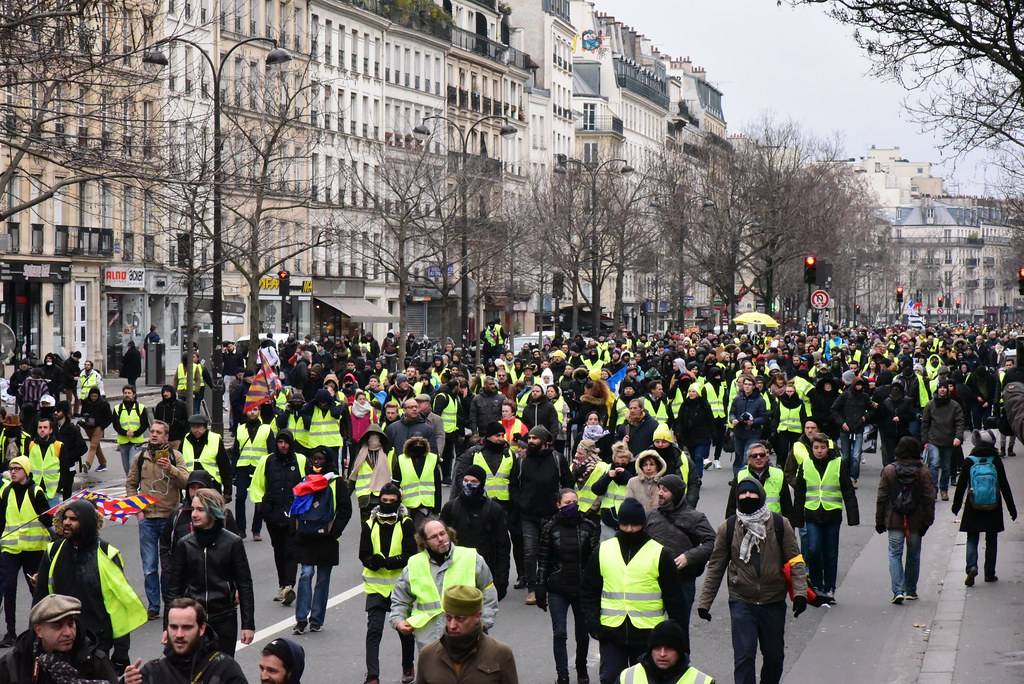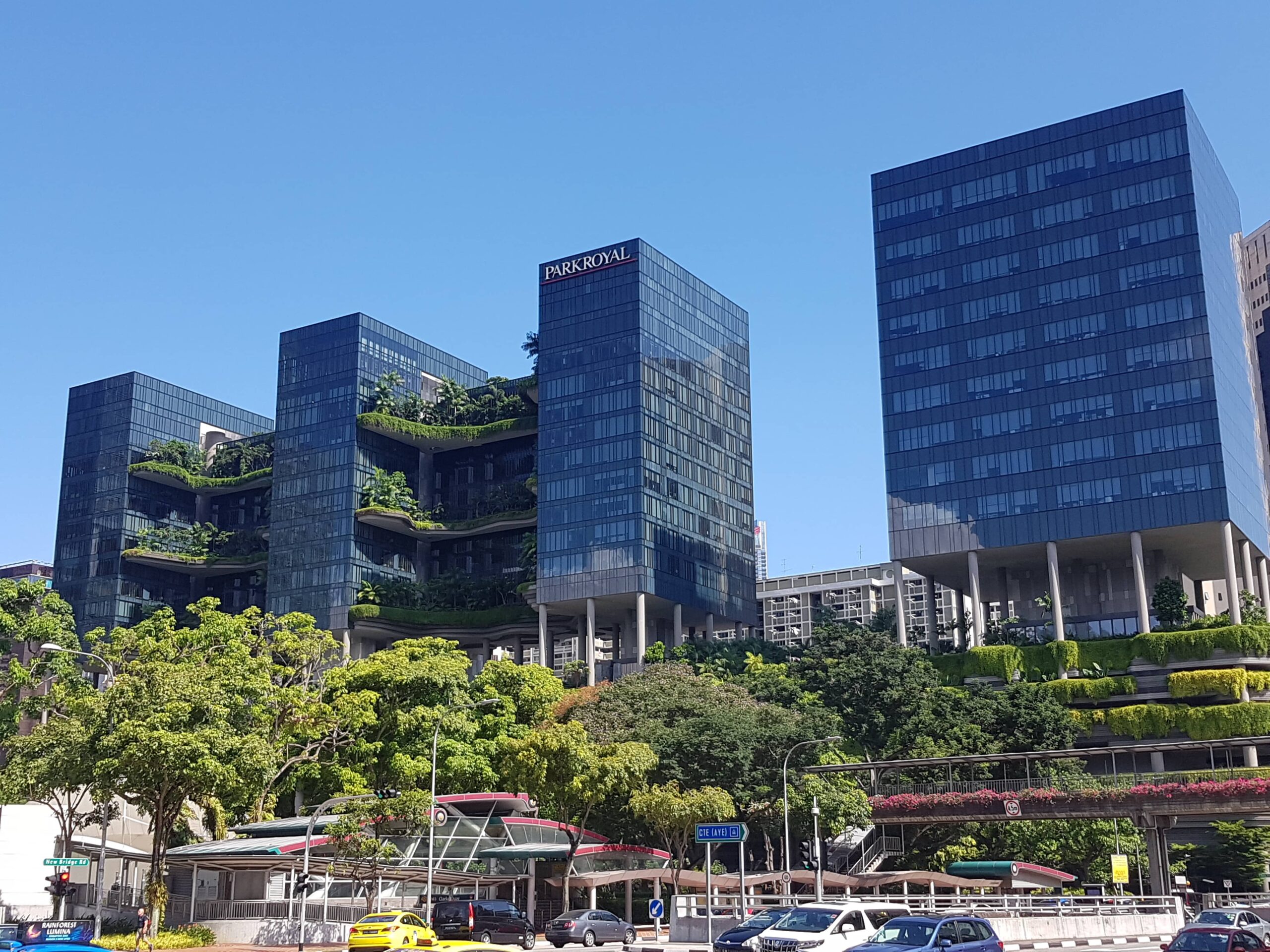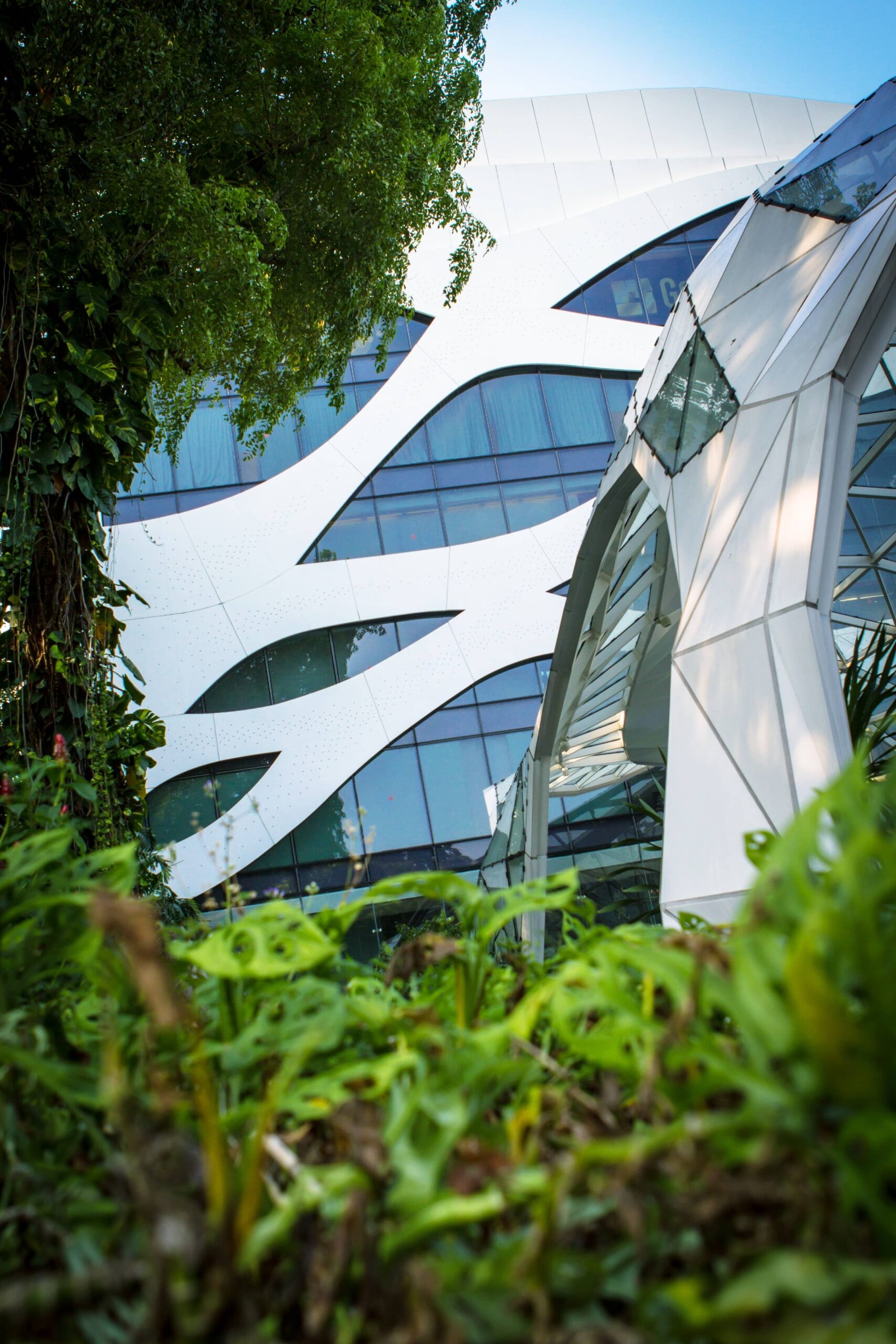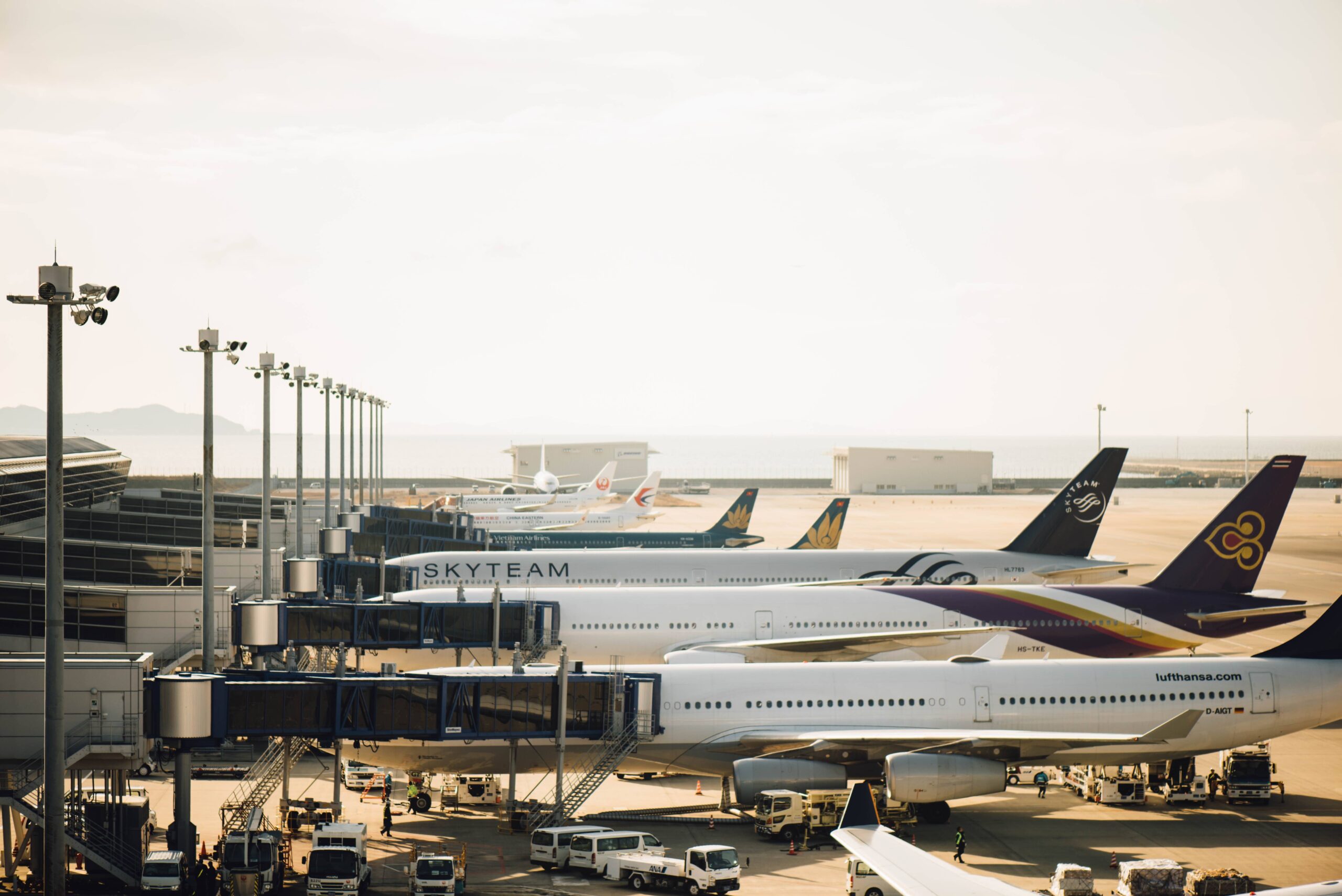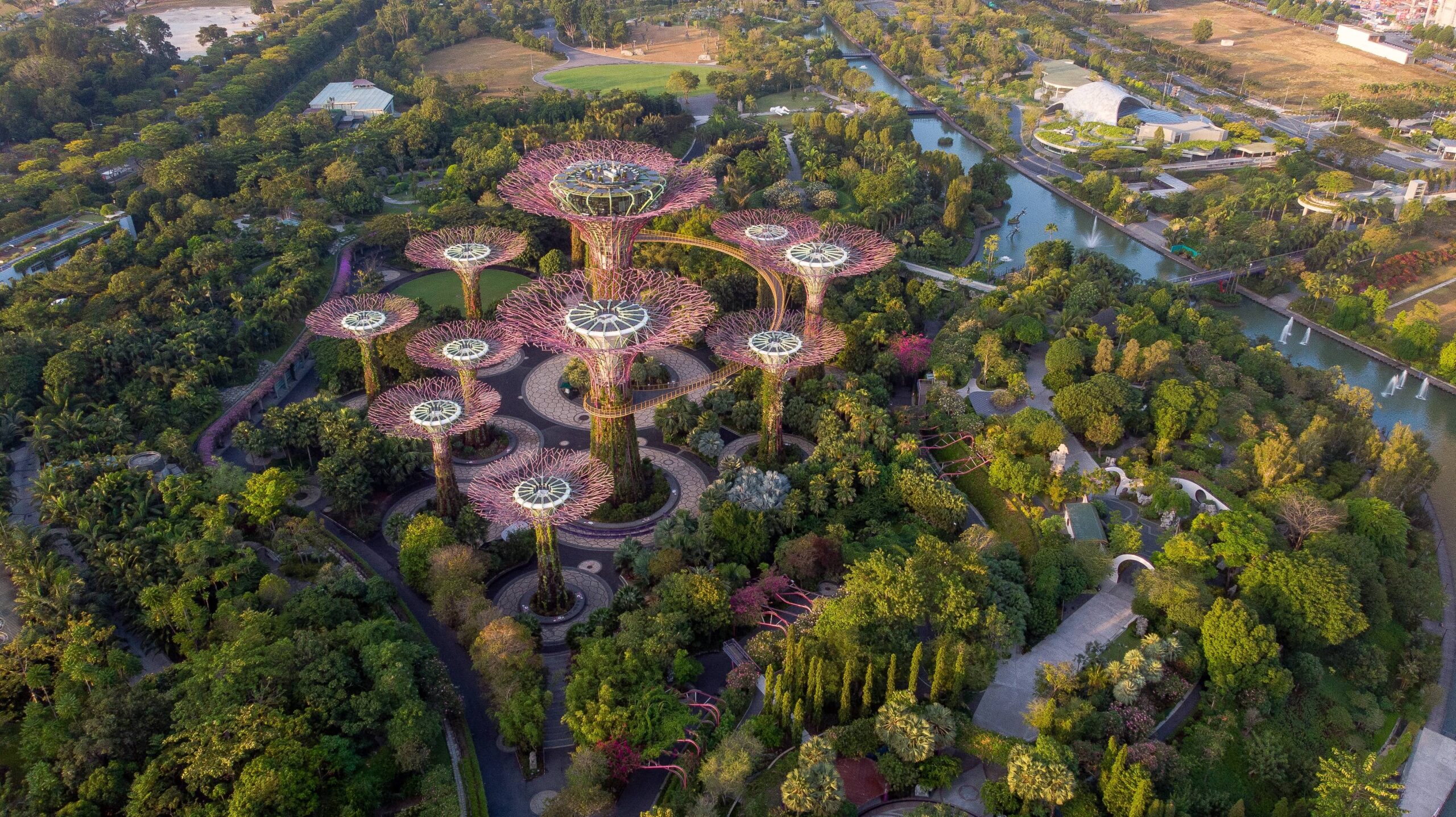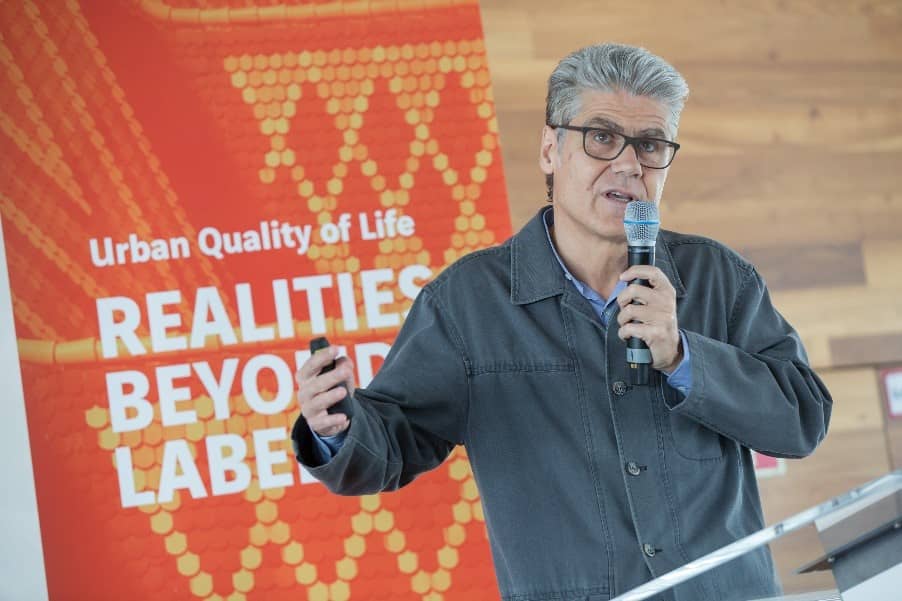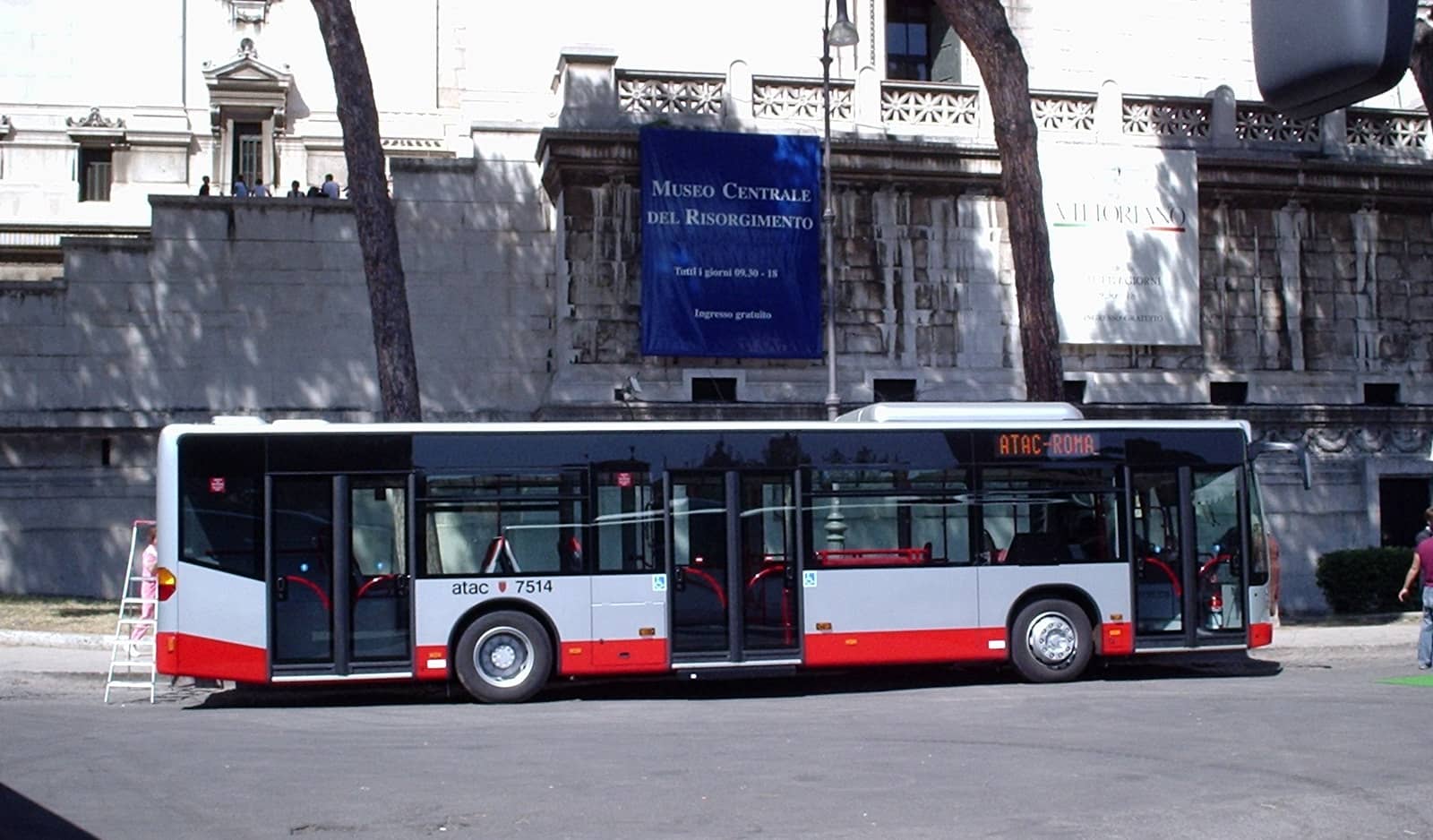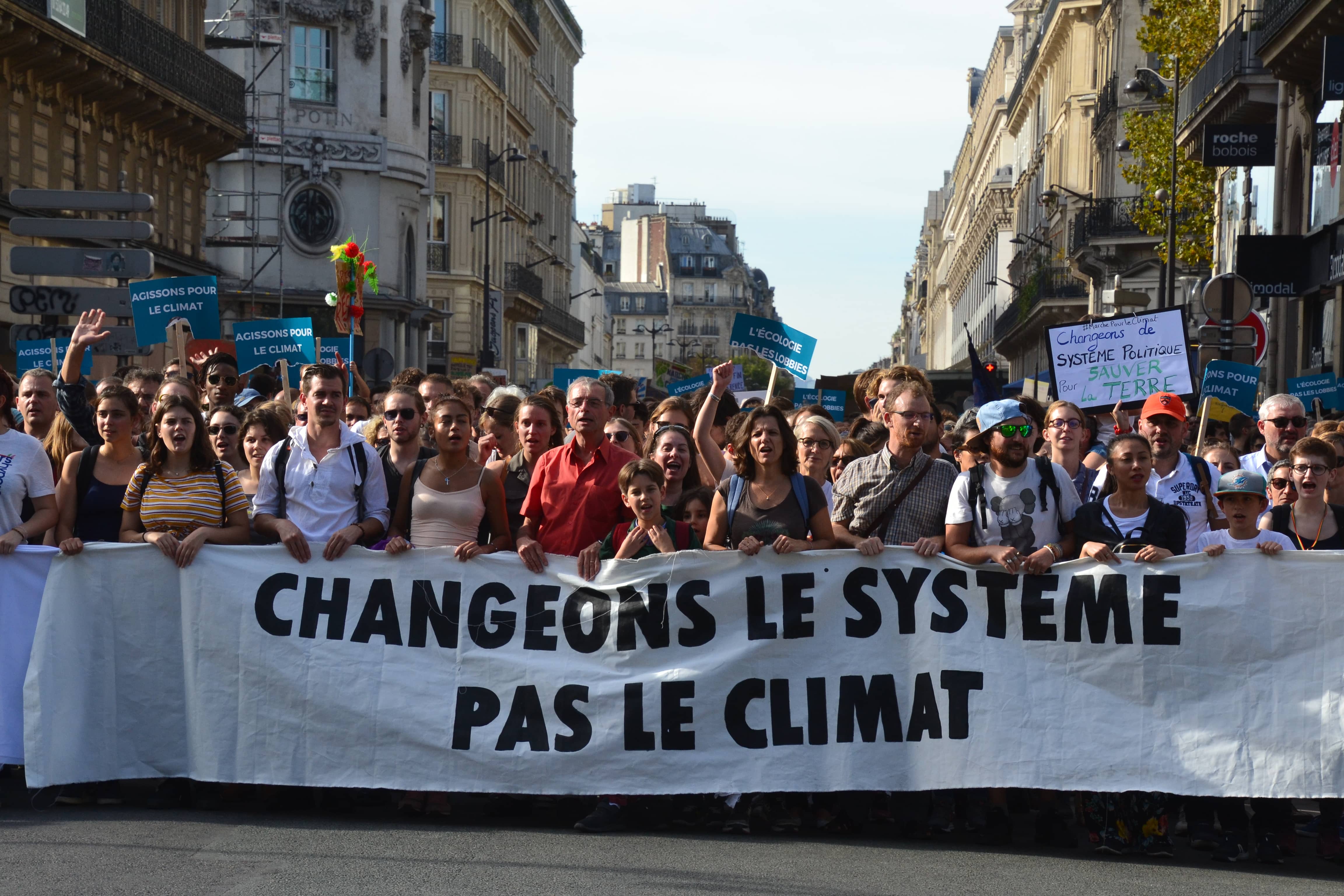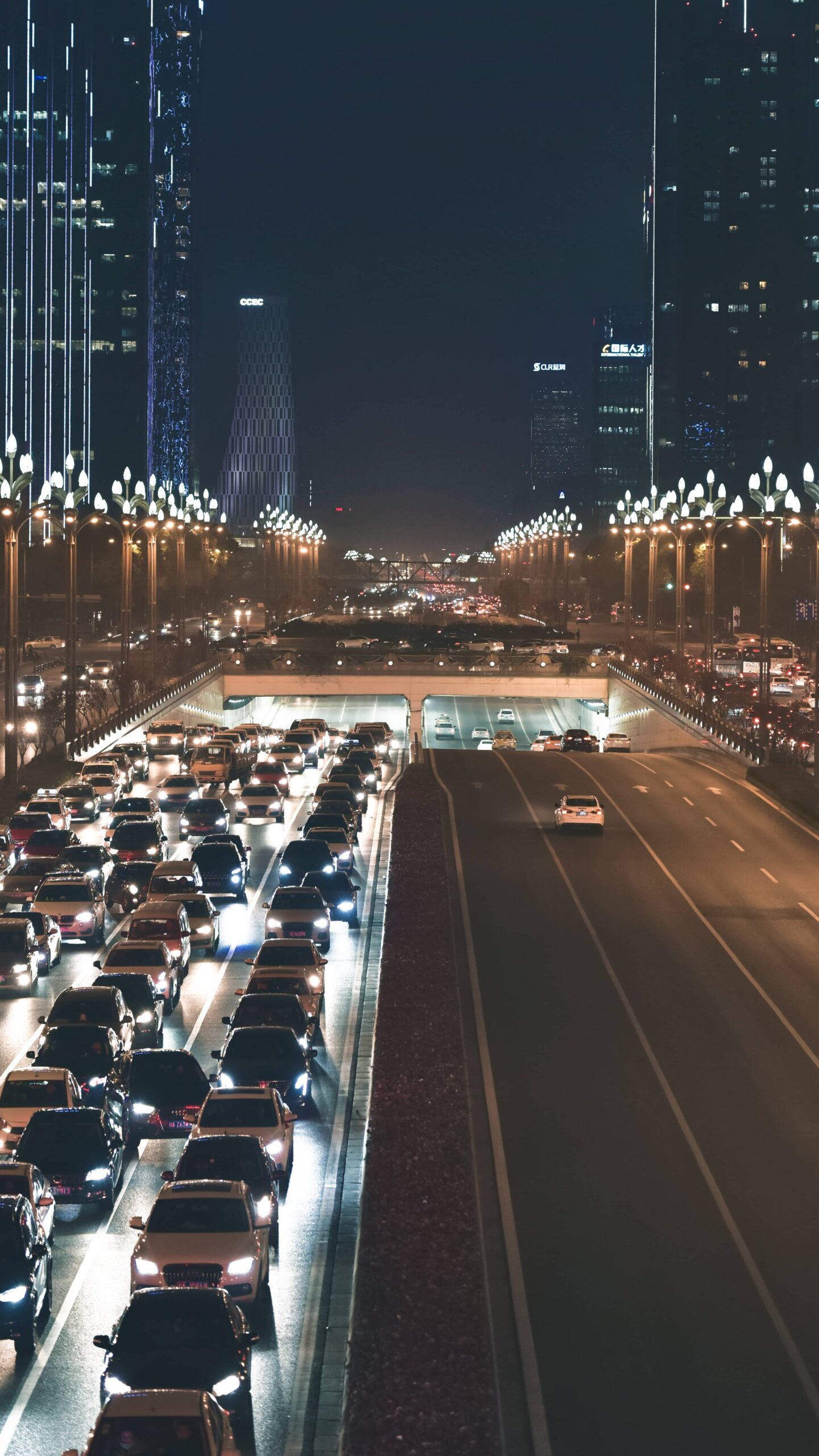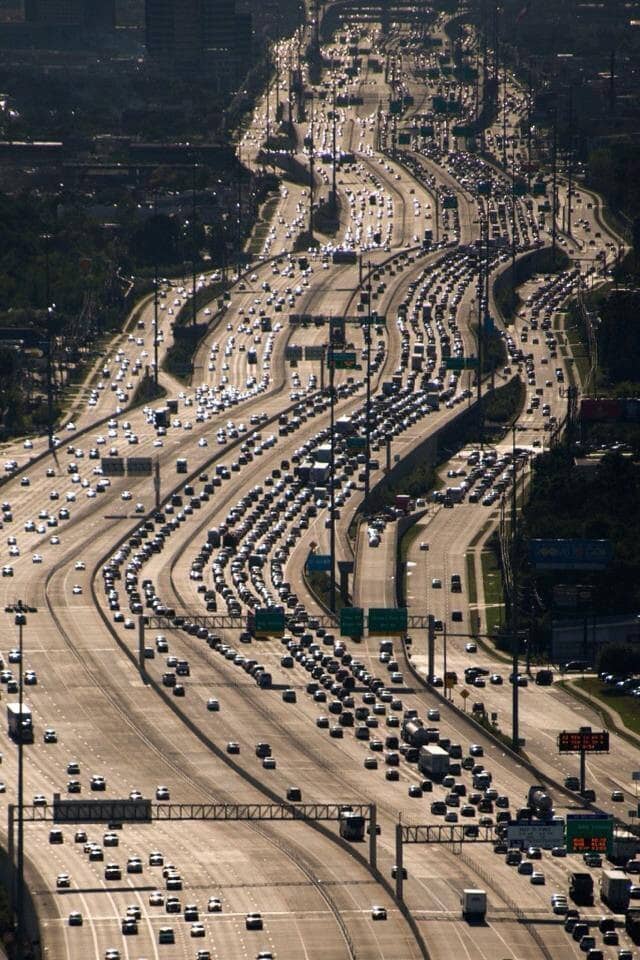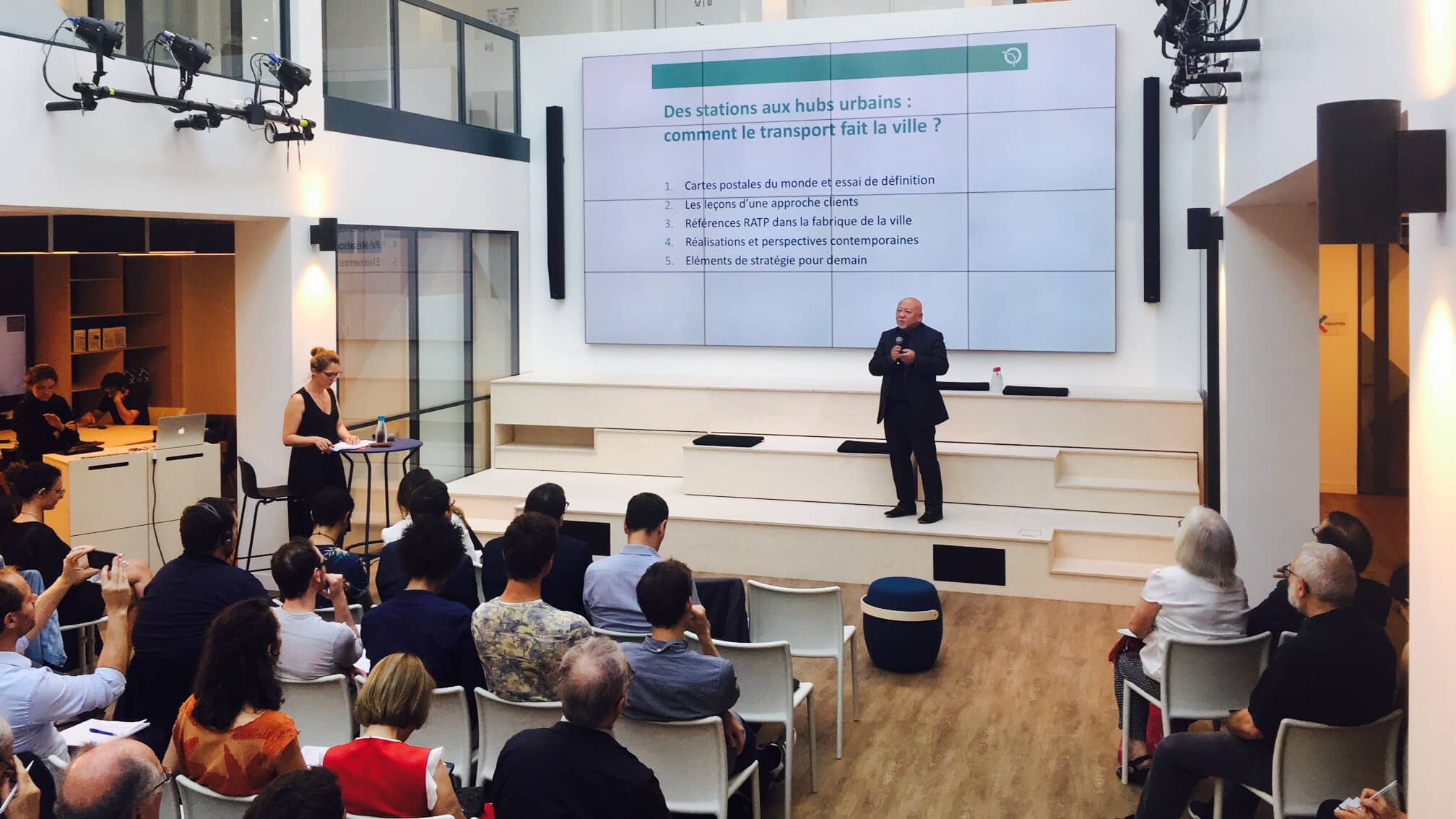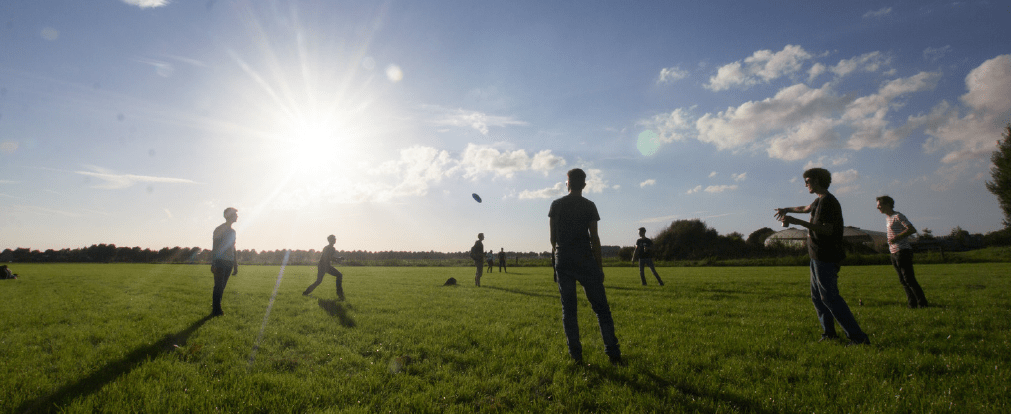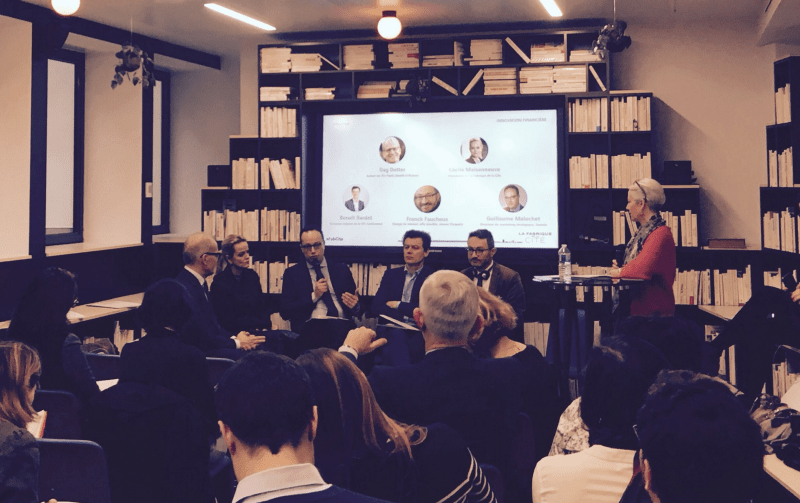

Lisbon beyond the Tagus
In 2023, La Fabrique de la Cité organised a study trip to the Portuguese capital, with the purpose of exploring two major features, the city’s relationship with its river, and the development of its port activities over a limited surface area.
Lisbon, the smallest European capital, often attracts attention for the urban rehabilitation it is conducting. The current city council is reconsidering the constructions of the 1980s and 1990s, deemed too rushed. Other analyses focus on the impacts of tourism and of economic revival on property prices and home ownership. Lastly, recent studies highlight clear improvements in the city’s transportation and decongestion measures, that must now be extended to the entire metropolitan area.
This city overview aims to propose a new take on the Portuguese capital, considering it in relation to the Tagus estuary, which is to date seldom discussed in studies of the city. At the mouth of the river and at the gateway to the Atlantic and the Mediterranean, Lisbon is now developing as a major city on both sides of the Tagus. Whether on the quaysides which host several showcase buildings and recently installed activities, the port and its necessary economic revival, or the involvement of neighbouring municipalities, the Tagus estuary is an appropriate and now essential scale for the city’s development.
Technical, commercial and industrial spaces, a public area for residents, pedestrians and visitors: how can the city leverage the river’s presence in different ways? How have the areas along the Tagus been rehabilitated, given the multitude of expectations? What types of uses have been developed? There is also a need to understand the role of Lisbon’s port, in terms of both river and maritime activities. What is the port’s position in relation to international competition, at a time when reducing the carbon intensity of transportation and logistics are becoming major challenges? What is the port’s relationship with the city?
When Portugal joined the EU in 1986 and strengthened its international position, the capital was suffering from a major crisis and poor urban development. Land management policies struggled to provide positive results during the 2000s and the 2010s were another painful period for the city, which lost inhabitants. Port and river economic activity were also hit hard by the crisis, leading to many waterfront areas being neglected as brownfield sites.
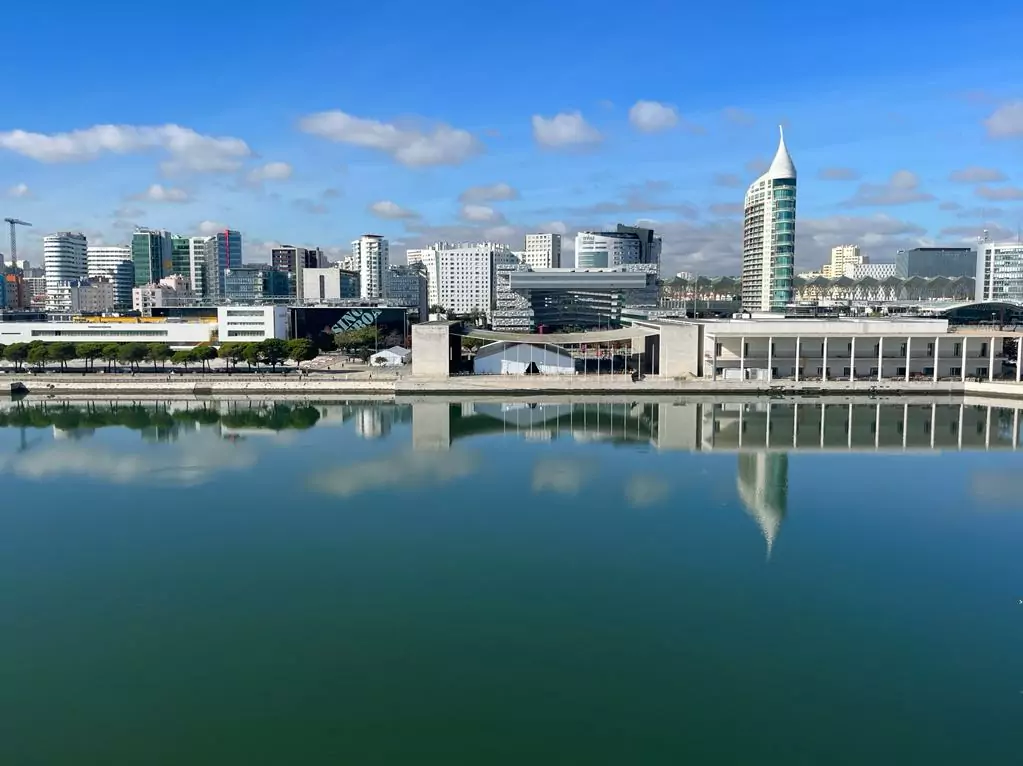
Since the 1990s, the city’s recovery has been a key goal, driven by major growth in tourism. Nevertheless, the city did not overlook its port or the river in its urban development plans. The banks of the Tagus were opened to pedestrians and recreational uses back in the 2000s. The Parque das Nações (Park of the Nations), built by the river for the last World’s Fair of the 20th century, is a prime example of this momentum. After several successive rounds of rehabilitation, of which some buildings are now iconic such as the quayside of Ribeira das Naus, the former shipyard and the MAAT Electricity Factory, entire districts are claiming the waterfront. The district of the LX Factory, where the former industrial textile complex has been converted into a cultural space, is a prime example of this. Lastly, the issue of continuity between the two banks of the Tagus remains open today, as the enlargement of the metropolitan area could be an asset for the smallest capital in Europe (100 km2).
Currently, international port competition disadvantages ports that cannot accommodate enormous cargo ships several times a day. Despite much more limited traffic than the major international ports (particularly in Asia), the Port of Lisbon can also count on a high level of tourism and excellent visitor rates. At least two issues will be decisive for the port’s development in the coming years. Firstly, the rehabilitation of industrial and port brownfield sites which emerged at the start of the 21st century, and their integration in the current ambitious land use policies. Secondly, the management of a sustainable economy for this port system in a city which is very popular with tourists.
These other publications may also be of interest to you:

A warm tomorrow
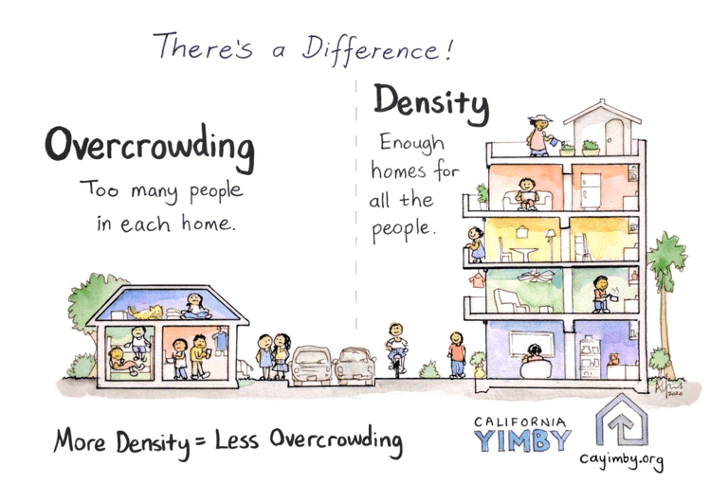
Behind the words: density

Toronto: How far can the city go?
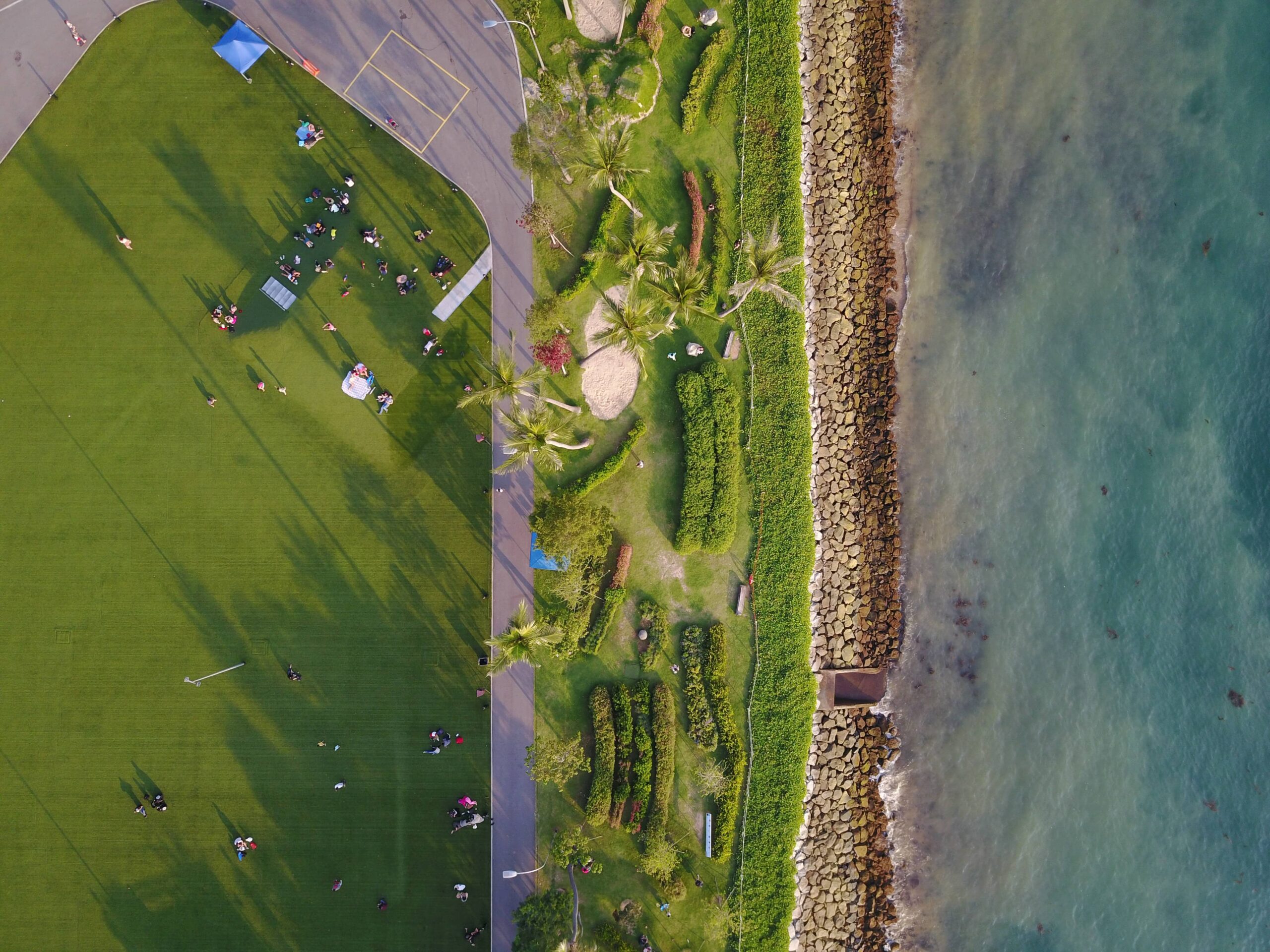
Nature in the city

Inventing the future of urban highways
“Dig, baby, dig”
La Fabrique de la Cité
La Fabrique de la Cité is a think tank dedicated to urban foresight, created by the VINCI group, its sponsor, in 2010. La Fabrique de la Cité acts as a forum where urban stakeholders, whether French or international, collaborate to bring forth new ways of building and rebuilding cities.















